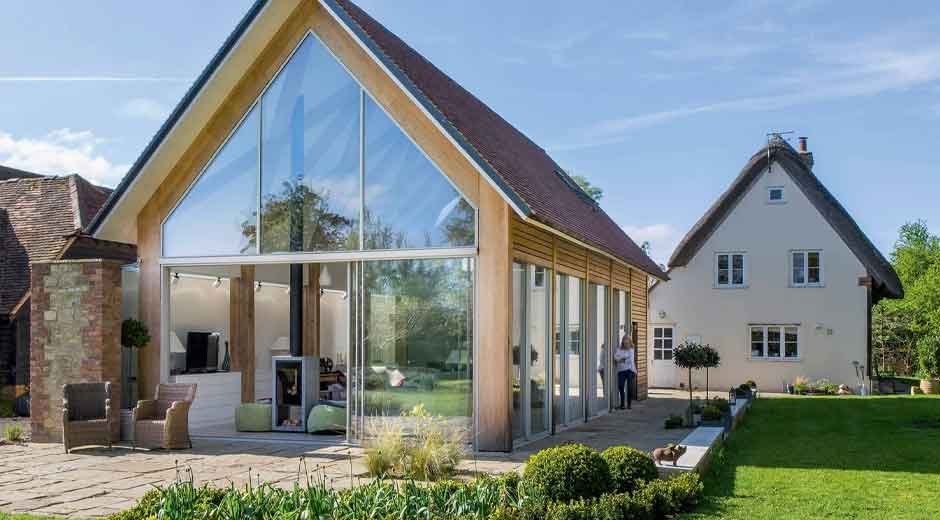Skip to the good bit
ToggleSelf-build projects come with a powerful promise: creative freedom, potential savings, and a home that truly reflects how you want to live. But between vision and reality lies a complex process filled with decisions, deadlines, and details that can easily go wrong. For first-timers especially, mistakes are common and can be expensive. The good news? Most of them are avoidable. By understanding where others go wrong and planning with intention, you can keep your project on track and your budget under control. Here are some common self-build mistakes, and how to steer clear of them.
Underestimating the Budget (By a Lot)
Let’s start with the most common trap: budget. Many self-builders think that pricing out materials, labor, and permits will cover it. In truth, costs often spiral due to hidden expenses: temporary fencing, ground preparation, skip rentals, insurance, utility connections, and even simple things like fuel or food for workers. These overlooked items add up quickly. Always include a 15–20% contingency in your budget. Talk to people who’ve done it before and review every quote like a legal document. Cutting corners or making assumptions will only cost you more when you’re trying to fix the fallout.
Skipping Planning and Legal Prep
Some people dive into construction with a mood board and a trusted builder, but without proper planning permission. Others assume their project falls under permitted development, only to find out they’re wrong after they’ve broken ground. That’s when timelines stall and costs jump. Also, don’t forget about utility maps, soil testing, drainage permissions, and easements. Work with a qualified surveyor and speak to your local planning department early on in the process. Ignoring legal steps doesn’t just delay your build. It can force you to tear things down or pay for expensive rework.
Ignoring Site Logistics and Daily Operations
Designing your dream home is exciting, but managing a construction site each day requires its own plan. From scheduling deliveries to moving materials around safely, site logistics can make or break your timeline. That’s why many self-builders turn to services like Principle Fork Lift hire, a company that specializes in short-term equipment rental for projects just like these. Having proper lifting support on site can save hours each week and prevent injuries, delays, or damage to materials that aren’t meant to be handled manually.
Trusting One Person with Everything
Too many self-builders put their entire project in the hands of one architect, contractor, or supplier, thinking it’s easier that way. It’s not. While trust is valuable, it shouldn’t replace due diligence. Always get multiple quotes. Ask to see previous work. Interview more than one contractor. An architect might be brilliant at design but less experienced with compliance. A builder might be great with foundations but less reliable for finishing. Keep control of your project by staying involved and hiring based on skill, not convenience.
Being Too Hands-On, or Too Absent
Managing a build requires balance. Some homeowners micromanage every detail, causing tension and delays. Others disappear completely, hoping the team will handle everything. Both approaches create problems. Instead, aim to be a present and supportive decision-maker. Hold regular site check-ins, ask questions, and be available when needed, but don’t hover or change your mind constantly. Set clear communication routines, whether that’s weekly progress meetings or shared project tracking tools. A little structure goes a long way in keeping everyone aligned, and your project moving forward.







